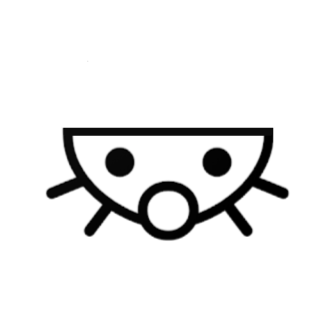

Because being woke is generally considered to be a bad thing?
No. Being woke is only considered bad in toxic echo chambers where they’ve tried to poison the word.
Most people who self report as “anti-woke” repeat infectious and carefully crafted but fallacious talking points whenever the term “woke” is said.
But if you bring up a situation where a minority is getting the bad end of the stick and they agree with you that it’s bad, they don’t realise that they themselves are being woke. They agree with being woke so long as the label “woke” isn’t used. It’s when you point that out that they start to realise that they’ve been poisoned against the term.
Being woke simply means that some people don’t often get the same affordances as others.
If you accept the general fact that women tend to get paid less for the same amount of work, then you’re woke.
If you accept the general fact that black people might not get hired if a person doing the hiring is racist, then you’re woke.
If you accept the general fact that some people have to hide the fact that they’re not heterosexual in some countries otherwise they’ll suffer the death penalty, then you’re woke.






That’s exactly what I pointed out. The people who provide them their information are actively trying to poison the word to the point that it means something else. But it doesn’t, because the poisoning only works in the echo chambers that spread that information.
That would be one of the attempts to poison the word. It’s worth pointing out that anyone can add a definition to urban dictionary and it’s quite often that trolls try to overwhelm existing definitions on there.
That comes back to what I said before. People who self report as anti-woke are against anything that uses the label “woke”, until they look at what’s under the label and they realise they aren’t against any of the points the “woke” labelled thing is doing.
They’re not actually anti-woke, they’re anti-incorrect-label.